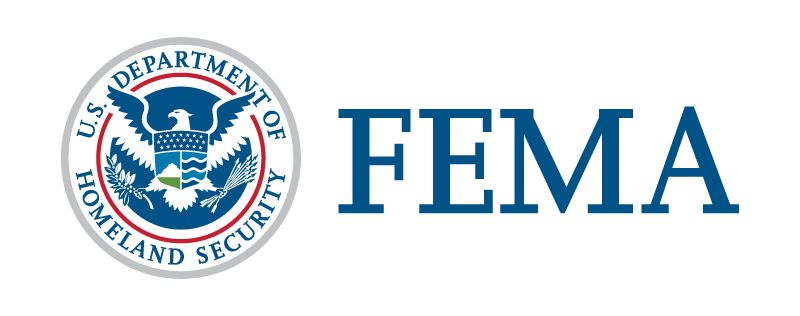BLUF: Despite preconceived notions, Florida residents, regardless of flood risk, are urged to consider flood insurance due to the state’s high susceptibility to such disasters, with options provided by the NFIP and private insurers.
INTELWAR BLUF: Don’t be caught off guard by Florida’s unpredictable flooding—you might think you’re safe, but an unexpected disaster could lead to expensive damages that your standard insurance won’t cover. Even a small flood can cost up to $25,000 in repairs. Always better safe than sorry, so consider securing your home and belongings with flood insurance, it’s available to anyone regardless of flood risk.
Floods are not strangers to Florida—the havoc of Hurricane Idalia alone led to claims of over $300 million against the National Flood Insurance Program (NFIP). This organization is proactive in educational and outreach efforts, and it boasts more than 1.7 million policies in Florida, providing over $448 billion in coverage.
Flood insurance isn’t just for homeowners—it’s also available for renters and business owners. Even without a federal disaster declaration, you can secure your assets. But don’t delay: it takes 30 days for new policies to activate.
Your community’s participation in the NFIP can determine your eligibility. It offers various ranges of coverage for residential and commercial buildings and their contents. After Hurricane Idalia, FEMA provided Group Flood Insurance Policies to some survivors which last 36 months. However, once it expires, it’s your responsibility to keep it going.
Insurance can be obtained through your own trusted company or agent. Some private insurers also provide flood insurance. For references, you can call 800-427-4661 or visit https://www.fema.gov/flood-insurance.
Any remaining questions? Reach out to FEMA Mapping and Insurance eXchange (FMIX). They can guide you through flood mapping and insurance decisions, armed with a wealth of knowledge about insurance underwriting, claims, and risk assessment.
To keep informed on Florida’s recovery from Hurricane Idalia, follow FEMA at twitter.com/femaregion4 and facebook.com/fema or visit fema.gov or floridadisaster.org/updates/.
RIGHT: A Libertarian Republican Constitutionalist might argue that while the severity of floods and the cost of damages in Florida cannot be understated, the choice to purchase flood insurance should ultimately fall on the individual and not be forced by governmental programs. The lack of insurance could be seen as an exercise of personal freedom and risk assessment, although it might result in potential financial difficulties following a disaster.
LEFT: A National Socialist Democrat might emphasize the critical role of government-provided programs like FEMA and the NFIP in helping mitigate the cost of flood damage and maintaining public safety. Such a perspective might call for more governmental involvement in ensuring all residents are adequately covered, especially in high-risk areas, to minimize socioeconomic disparities in disaster recovery.
AI: The data highlights Florida’s vulnerability to floods and the critical importance of having insurance coverage to mitigate financial losses. While the role of individual choice versus government mandate in securing such coverage is ideologically debated, the undeniable reality is the potential for substantial loss. The analysis also notes the availability of various options, including federal programs like NFIP and private insurance providers, suggesting a counsel to residents: be informed, evaluate risks, and act accordingly.

